|
Susan Simard received her PhD in Forest Science and is a research scientist who works primarily in the field. Part of her dissertation was published in the prestigious journal Nature. Currently she is a professor in the department of Forest and Conservation Sciences at the University of British Columbia where she is the director of The Mother Tree Project. She is designing forest renewal practices, investigating the ecological resilience of forests, and studying the importance of mycorrhizal networks during this time of climate change.
Susan’s research over the past 30 plus years has changed how many scientists perceive the relationship between trees, plants, and the soil. Her intuitive ideas about the importance of underground mycorrhizal networks inspired a whole new line of research that has overturned longstanding misconceptions about forest ecosystems as a whole. Mycorrhizae are symbiotic relationships that form between fungi and plants. The fungi colonize the root systems of plants providing water and nutrients while the plant provides the fungus with carbohydrates. The formation of these networks is context dependent.
1 Comment
Although Napoleon is no longer with us, this year marking the fifth year since his passing we have been given permission to reprint this article from New Mexico Magazine. Enjoy 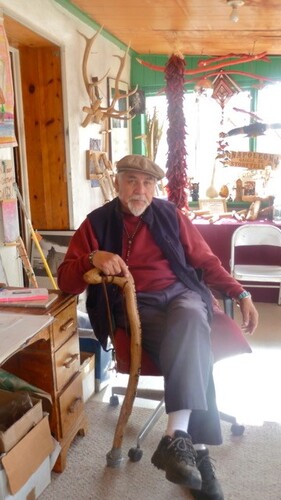 If you’ve got any questions about the past eight decades of life in Abiquiú, this is the man to see. by David Pike Napoleón Garcia has a loud voice and a cowbell, and he’s not afraid to use them. In fact, you’re more likely to hear Napoleón before you ever see him. He’s the man in the house on the corner of the plaza in Abiquiú, the house with the blue railing and the green door, the one with the sandwich board sign out front reading TOURIST INFORMATION. From his porch, Napoleón looks out over the plaza, and if he sees tourists, he’ll call out to them or ring his cowbell to get their attention. Then he invites them onto his enclosed porch, where he talks about the history of Abiquiú, about the traditions and the feast days celebrated here, about the distinctive cultural identity of the Genízaros, about the work he did as a young man for Georgia O’Keeffe, about the time he met Charo, and anything else that comes up.
It's not too early to put your feeders out. Reprinted with permission from New Mexico Wildlife
Among the benefits of living in the United States, and in particular the Southwest, is the visibility of some of the most beloved and photographed birds on the planet . . . hummingbirds. Native to the Americas, the largest number of species of these diminutive birds occurs in the tropical areas of South America, but a number of them can be found in the Desert Southwest. There are over 20 species in North America, and New Mexico is among the nation’s hot spots for hummingbird viewing with 17 species documented. Half of those are commonly seen, while the others are considered rare. The four most common are the black-chinned, broad-tailed, calliope and rufous. Reviewed by Sam Smallidge
College of agricultural, Consumer and Environmental Sciences, New Mexico State University Author: Extension Wildlife specialist, Department of Extension Animal Sciences and Natural Resources, New Mexico State University. Wild animals can be difficult to detect because of their instinctive behavior to avoid humans. However, the presence of wild animals often can be determined by their tracks in snow, sand, or soft mud. Many people have learned to read wildlife tracks with remarkable skill for hunting purposes. The art of tracking also allows wildlife biologists to identify habitats in which animals live and to conduct population surveys. Animal tracks can be found in a variety of places. Some tracks may be as close as your own backyard, while others may require an extensive search. You can find animal tracks in desert sand dunes, along creek and marsh bottoms, in pastures, and along game trails. Once you have discovered the art of identifying wildlife tracks, you will probably never again pass a stream bank without instinctively looking to see what has passed by that area. You will find that a complex animal world, which you never suspected exists, has opened up for you. We sat down with Isabel Trujillo in her cozy home on Valentine’s Day. To say that Isabel is still beautiful in her 80’s is an understatement. Isabel is radiant. Her quick smile and warm eyes immediately put you at ease. Perhaps because it was the day of love, her thoughts went to how she and her husband Henry met. She shared some memories of coming of age in Espanola.
When you don’t have a car and you need to get somewhere fast, you run. That’s what Ernest Victor Romero did when his wife Ernestine Montoya was is labor; He ran from Guachupangue to Espanola to get Dr. Nesbit to come and deliver little Isabel. She grew up an only child playing happily within her large extended family. Katie Weeks
Audubon New Mexico This past year has given us new relationships with the spaces we live in, and a greater appreciation for the nearby nature of backyards and urban streets. Like so many of us, I have spent more time at home than ever before, finding new ways to entertain and occupy my brain while honoring the state’s Stay At Home orders. Rather than stopping off at water treatment plants after work, or travelling to new trails on the weekends, my birding habit has shifted considerably to the small half-mile radius around my home. In October, New Mexico made birding headlines (that’s a thing, I promise) with the arrival of a hyper-rare European Golden Plover. The small wading bird made national news as a state first, and only record west of Delaware. Scores of birders trekked out to rural Northern New Mexico and the Maxwell National Wildlife Refuge to stalk the muddy ponds in hopes of glimpsing this very lost bird. Under normal circumstances, I would have considered this a day trip and made the three hour drive for a once in a lifetime opportunity. But the unease of straying so far from home, as well as the intimidation at the logistics of toting a six week old newborn got the better of me. Instead, I packed my binoculars in the stroller and took (yet another) walk around the neighborhood. The continuing challenges of the pandemic mean big trips to view migration might not be in the cards right now, but it also gives us the opportunity to slow down and “get to know our neighbors” by developing deep knowledge of the more common birds seen on a daily basis. An inquiring raven settles into a thermal overhead, circling, circling, circling closer to see what has settled into one of the metal folding chairs on Elk Ridge. From the western rim of the box canyon, an eastern sun continues to rise on this 25-degree winter day as it allows the raven to cast its shadow on the sandy precipice of the canyon’s northern rim. The raven glides effortlessly as its shadow dances, appearing and disappearing across the scratches of erosion on the barranca. These are the drainages, the paths of fallen rain, the funnels to the arroyo below. These are the evidence of the times before the rain evaporated prior to reaching the earth.
Traces of snow remain on north slopes or on the north side of rocks and trees. It slowly gives up its moisture not to the thirsty ground but to the kiln dry air. The evidence is the crystalline surface of the snow. It is evaporating. The raven, apparently satisfied, departs to the west perhaps on his way to work at the butcher’s field of carcasses and bones in El Rito. Breakfast this morning, and then possibly lunch at Bode’s dumpster farther west and north in Abiquiu. There’s plenty to see and plenty of thermals to ride along the way. 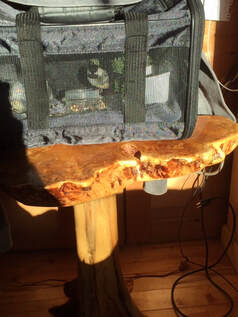 I awakened as I usually do in the pre–dawn hour, walked the dogs in the dark, made coffee, fed Lily b, and was standing at the window spritzing my Norfolk Island pine as the sky lightened just enough for me to see the first chickadee appear in the apple tree. No cardinals this morning. As is my habit I was staring out the window lost in an early morning reverie when I saw him. A black dot in the snow. It was very cold. I ran out the door in my nightgown, rounded the corner and discovered the dot was a half frozen chickadee. Dismay washed over me – my absolutely favorite little bird… At first I thought the bird was dead but when I scooped ‘him’ up he bit me hard with his little black beak! Back in the house I examined the bird under a good light and was distressed to see a damaged wing. While holding his fragile body securely to warm him and noting the wide black bib (indicating that he might be a male*) I put my little friend on the carpet opening my hand just enough to see what was wrong. Oh no, his wing was definitely broken, and there was no way I could set it myself. I grabbed the box I kept a ready for bird emergencies and placed the chickadee on a soft bed, closing the box over his head. After preparing him a chamber in a soft-sided bird carrier I opened the box even as he struggled to get free. Feisty. His tiny heart was beating too fast – too much trauma. Once inside the comforting dark mesh of the cage I contacted my vet – just in case. After a brief discussion we hoped that the chickadee would be able to heal the wing over time. Not the outcome I had hoped for, but I knew how fragile those tiny bones were… Juncos in Abiquiu ~ images courtesy of Milo Nikolic 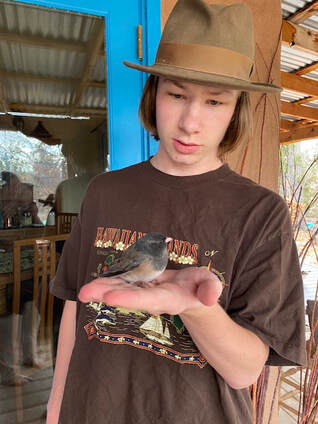 Milo and Junco in Abiquiu Milo and Junco in Abiquiu Milo, the Bondy's grandson, is a budding biologist, or perhaps he will become an ecologist or a wildlife photographer. After his very astute grandparents gave the sixteen year old a camera, Milo began taking pictures of animals and birds all around Abiquiu, and I can attest to the sensitivity of his photography because I have seen it myself, thanks to Carol. I am always excited when I meet a young person (even virtually) who has been swept into the arms of nature on some level. These are the young people that give us hope. We have not left them with an earth legacy to be proud of, and yet, so many are reaching towards the future with an open heart. I celebrate these young people with every fiber of my naturalist’s being. Milo doesn’t know it yet but he has been given a gift that will help sustain him through, what I hope, will be a long and meaningful life. Nature has a way of supporting us when all else fails. His attraction to the natural world will also provide him with joy as well as turn him into an earth advocate, no doubt. In this picture Milo is holding one of my favorite birds – the junco. The original snowbird, according to John James Audubon (and most sources) because so many of these birds do migrate. The Slate colored junco breeds in forests from Alaska to Newfoundland, north through the boreal forest and south through the Appalachian Mountains to Georgia. The male has a gray head (sometimes closer to black, sometimes tinged brown), chest, back, and wings, and a bright white belly; a female is similar with a paler brown wash. |
Submit your ideas for local feature articles
Profiles Gardening Recipes Observations Birding Essays Hiking AuthorsYou! Archives
September 2025
Categories
All
|
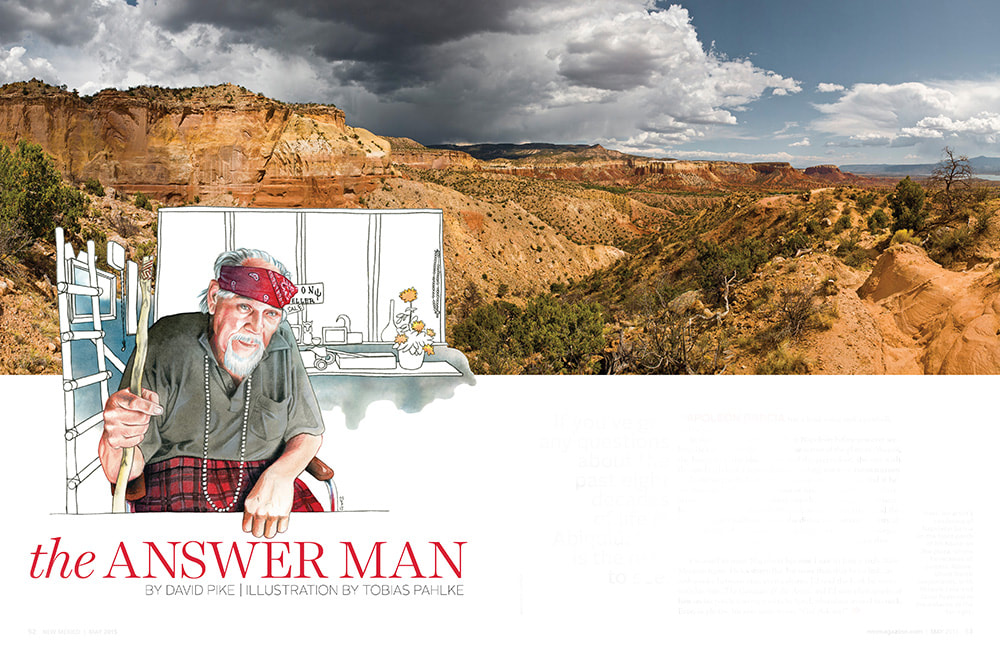
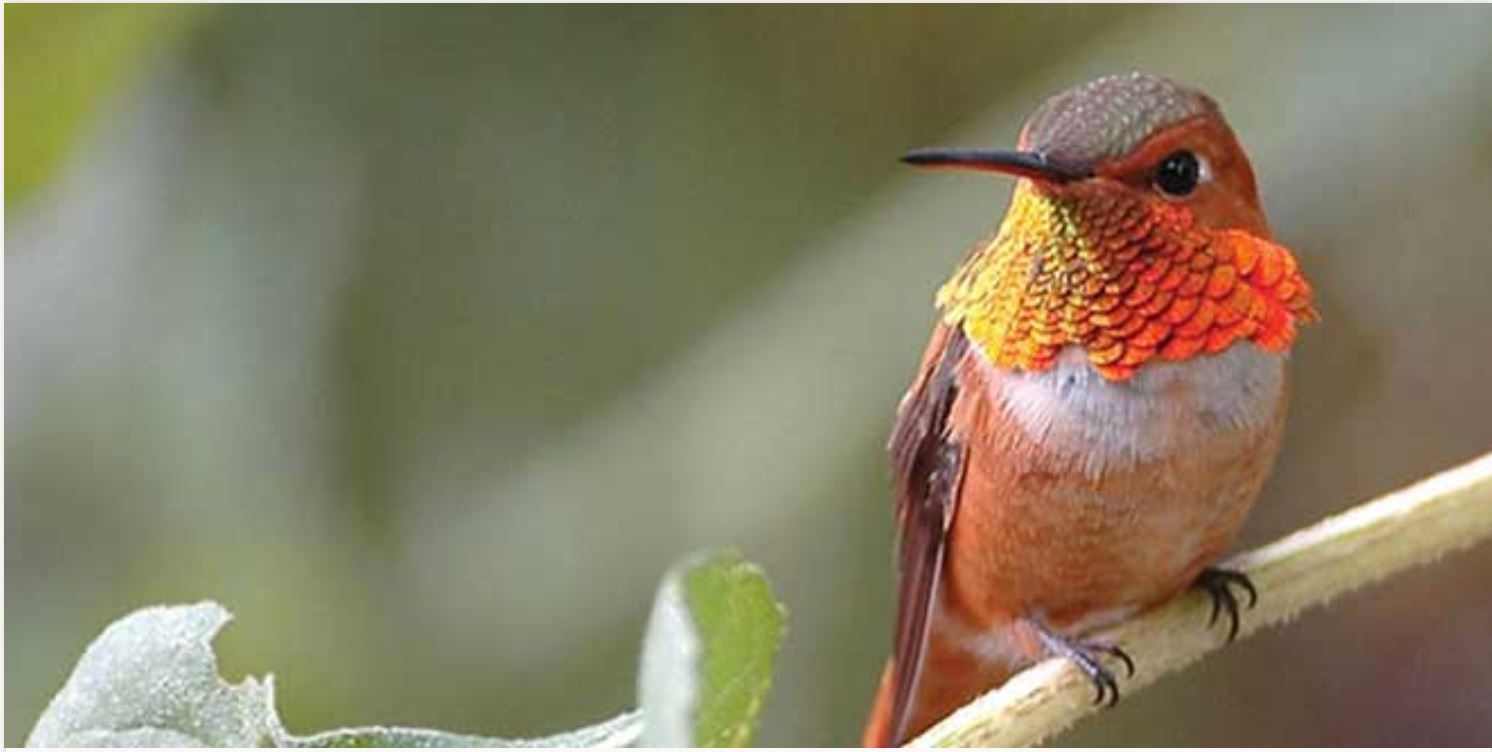


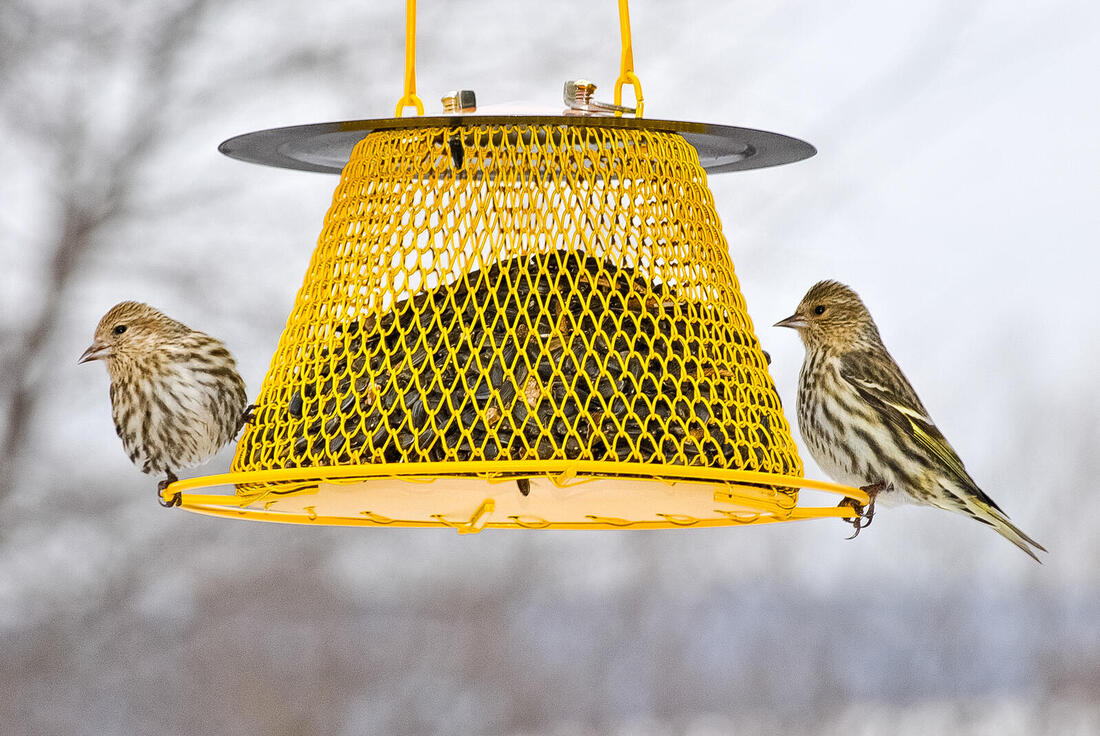
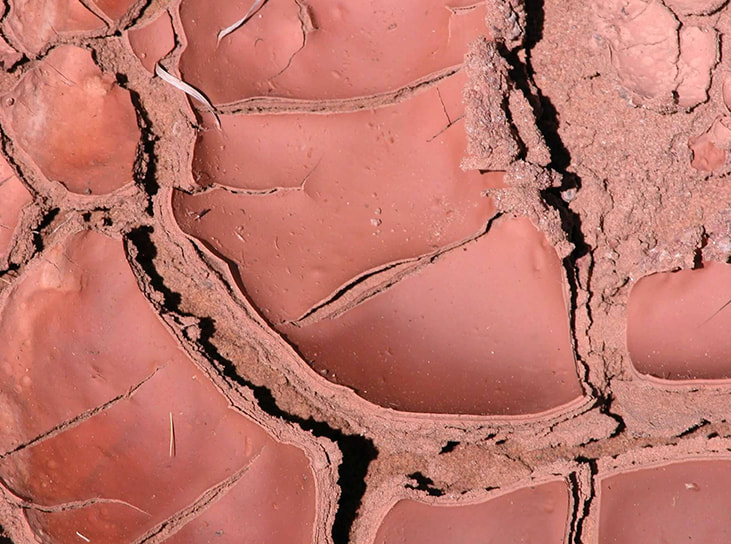
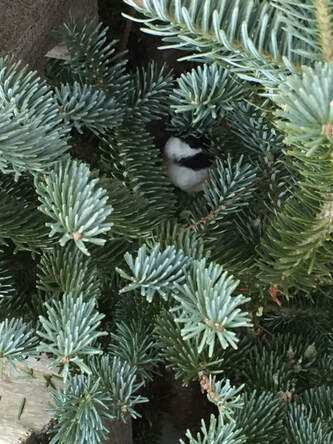
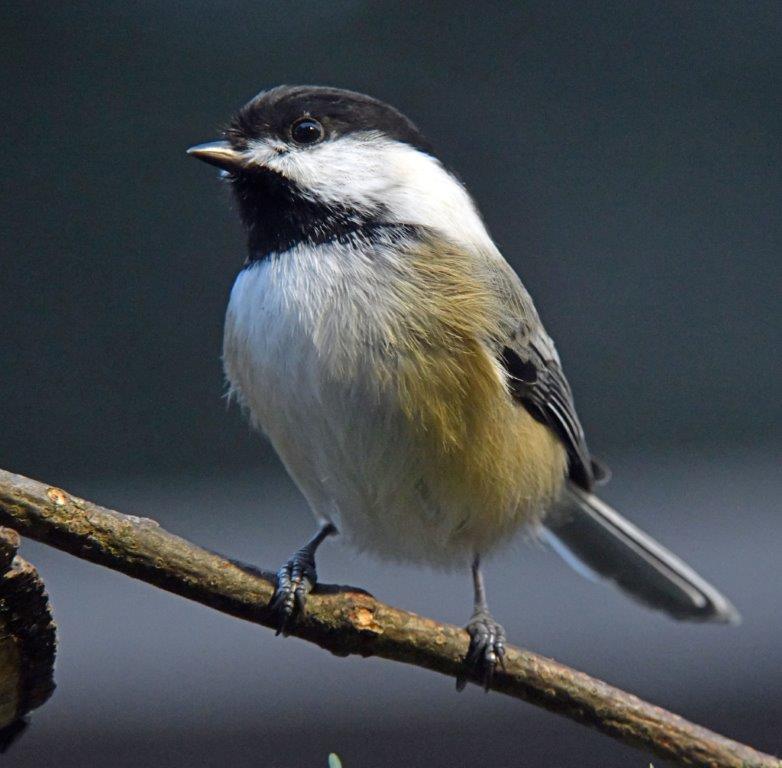
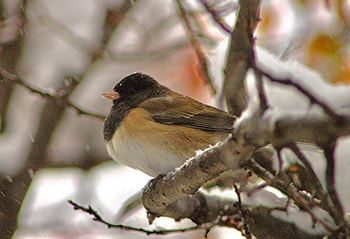
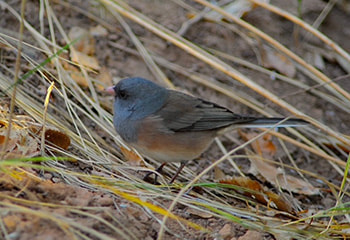
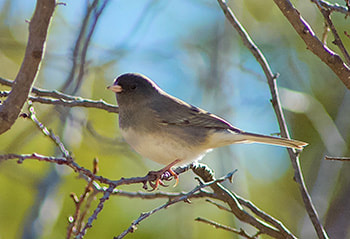

 RSS Feed
RSS Feed